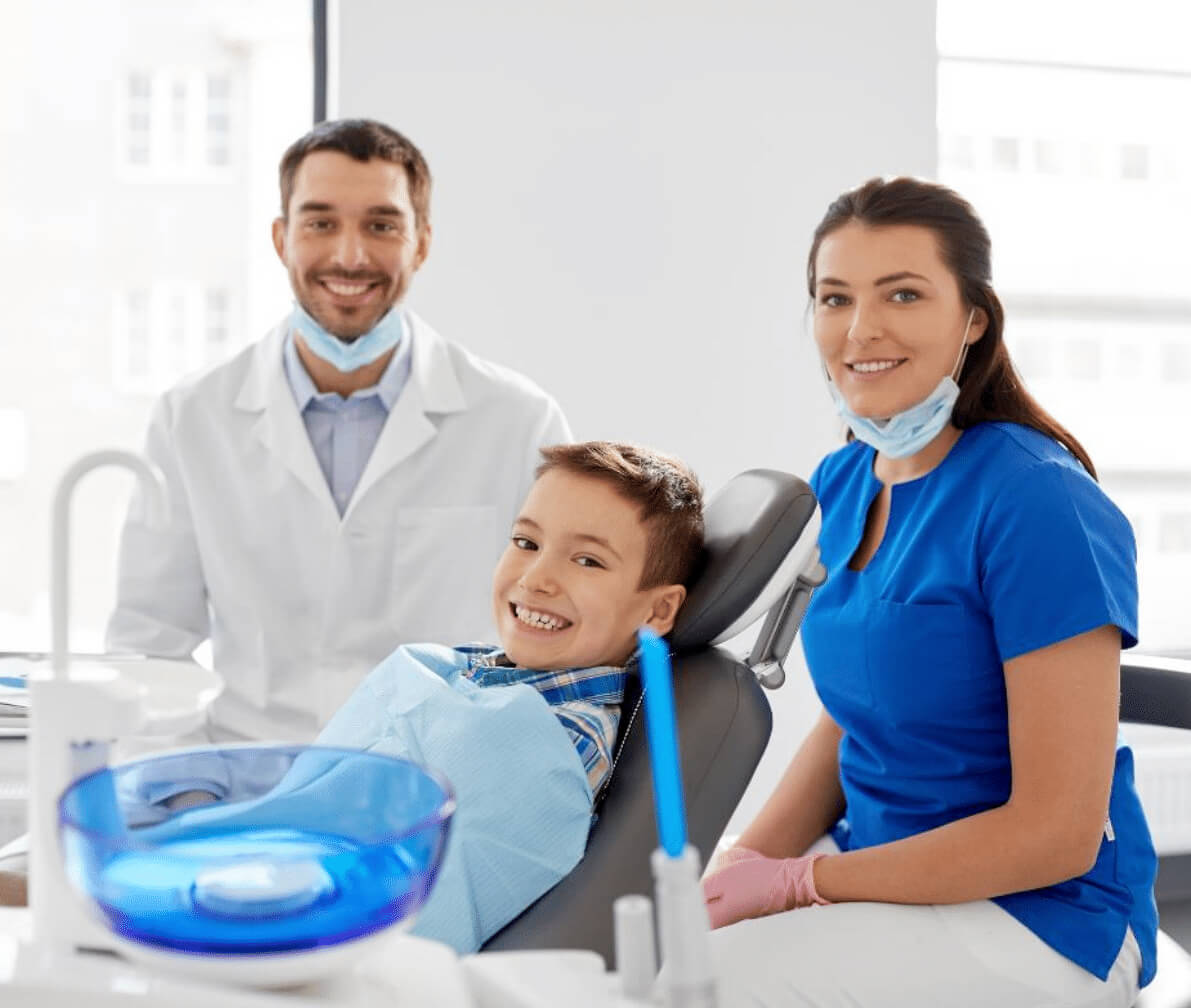Sedation dentistry is a practice that is becoming increasingly popular among patients who experience dental anxiety or phobia. It involves the administration of medication to help patients relax and feel more at ease during dental procedures.
The level of sedation can range from mild to deep, depending on the patient’s circumstances and the type of procedure being performed. It’s important to note that sedation dentistry is safe for kids, and it can help those that struggle with comfortability during dental visits get the care they need.
This blog post will explore what sedation dentistry is and the three common types of sedation used.
Three Common Types of Sedation
In dentistry, three frequently used types of sedation are inhaled, oral, and general anesthesia. Every form of sedation has its advantages and disadvantages, which should be carefully evaluated before selecting the most appropriate option.
1. Inhaled Sedation
Inhaled sedation involves the administration of nitrous oxide, which is commonly known as laughing gas. This type of sedation is delivered through a mask that fits over the patient’s nose, and it produces feelings of relaxation and euphoria. The effects of inhaled sedation wear off quickly, which means that if your child has a driver’s license, they should be able to drive themselves home afterward.
2. Oral Sedation
Oral sedation involves the administration of medication in pill or liquid form before the procedure. The medication can help patients feel relaxed and drowsy, and it can also cause some amnesia, which means that patients may not remember much about the procedure. The effects of oral sedation can last for several hours. So, even if your child is old enough to drive, they will need help getting home after the procedure.
3. General Anesthesia
General anesthesia involves the administration of medication through an IV that causes the patient to lose consciousness. This type of sedation is typically only used for complex procedures or for patients who have severe dental anxiety or phobia. General anesthesia is administered by an anesthesiologist and requires careful monitoring of the patient’s vital signs throughout the procedure. Patients who receive general anesthesia will need someone to drive them home after the procedure and should plan to rest for several hours or even a full day.
No matter which option you select, sedation dentistry provides a secure and efficient method of assisting patients suffering from dental anxiety or phobia to receive necessary treatment. Inhaled, oral, and general anesthesia are the most frequently employed types of sedation in dentistry, all with their own set of advantages and drawbacks.
If sedation dentistry is something you are considering, it would be wise to discuss with your dentist about the available alternatives and which type of sedation would be ideal for your situation.
Click below to see what kind of Sedation we offer in our office!

